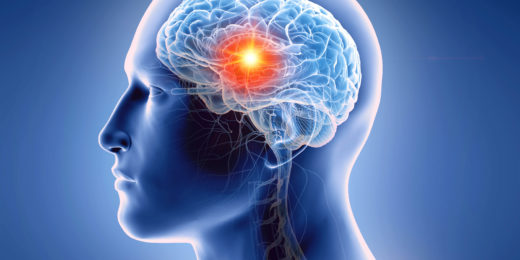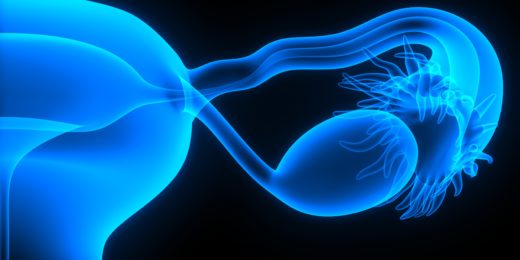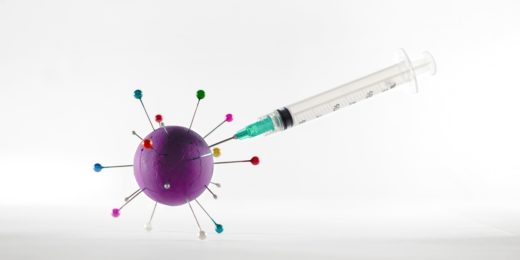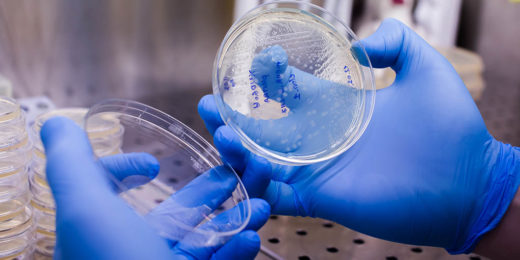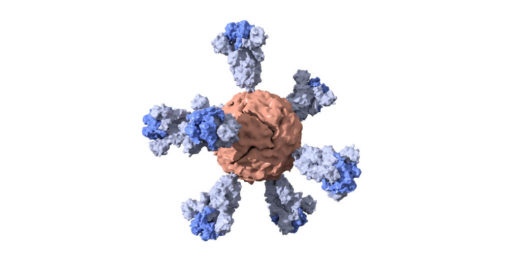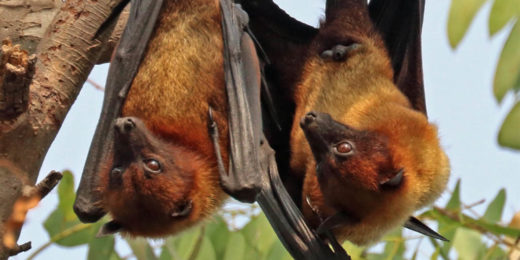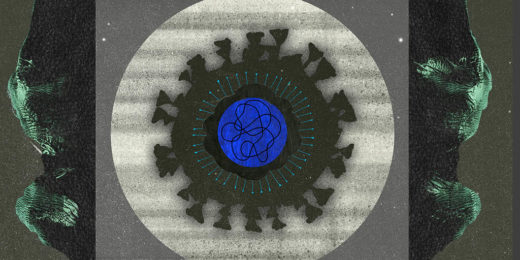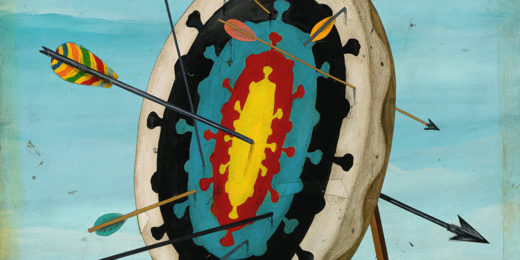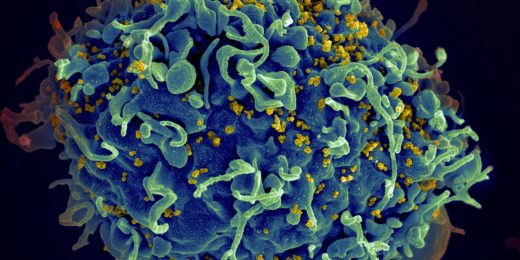Neurosurgeon Michael Lim studies how to unleash the immune system to attack a type of brain cancer called glioblastoma.
Category: Immunology
How ovarian cancers evade the immune system
A common ovarian cancer evades detection by convincing nearby immune cells to treat it as a developing fetus.
Stanford pediatrician answers COVID-19 vaccine questions
A Stanford pediatric infectious disease expert is highlighted in a new campaign to answer parents' questions about COVID-19 vaccines.
A better COVID-19 vaccine?
A new way to deliver mRNA as a COVID-19 vaccine may avoid side effects and increase customization to prevent infection.
Evading exhaustion to improve CAR-T cell therapy
'Resting' exhausted cancer-fighting immune cells enhances their tumor-killing activity, which may help people with blood and solid cancers.
Data from twins suggests that gut bacteria are important in food allergies
A Stanford-led study of twins with and without food allergies has uncovered differences in the fecal bacteria of allergic and non-allergic individuals.
Stanford nanoparticle COVID-19 vaccine shows early success in mice
Stanford University researchers have developed a nanoparticle vaccine that has shown in mouse studies to effectively build coronavirus immunities.
Excised tonsils aid study of COVID-19 vaccines, the flu and more
Stanford scientists transformed tonsils into immunology labs in a dish, aiding research to develop vaccines for COVID-19, the flu and other diseases.
How do the new COVID-19 vaccines work?
The Pfizer and Moderna COVID-19 vaccines are the first to use the RNA coding molecule to prompt our bodies to fight the virus. Here's how they work.
Bat-borne Nipah virus could help explain COVID-19
Understanding similarities between the Nipah virus and COVID-19 could provide clues for avoiding future novel virus outbreaks.
How Stanford became a hub for COVID-19 testing
Stanford Medicine’s early development of testing for COVID-19 infection and antibodies helped guide government responses and stem local spread of the virus.
Clues about what makes SARS-CoV-2 tick (and how to stop it)
There's a voracious appetite for information on how SARS-CoV-2, the virus responsible for the COVID-19 pandemic, works. Here it is, in a single package.
‘This was a marathon:’ Stanford Medicine tackles a pandemic
How Stanford Medicine ramped up in the spring of 2020 to cope with a coming global pandemic and learned how to brace for the next wave of COVID-19 patients.
Fellows get an inside look at what it takes to be a health care leader
Stanford medical students got a glimpse of how health care organizations are run during a summer fellowship that included research and interviews.
Stanford researchers help California prisons hit hard by COVID-19
A Stanford research team is tasked with assessing the COVID-19 infection crisis inside California’s prisons and providing strategies to contain the virus.
Enlisting the entire immune system strengthens potency of HIV vaccines in development
Two recent Stanford-led studies show the value of tweaking vaccines to enlist the entire immune system — not just part of it — in preventing HIV infection.


